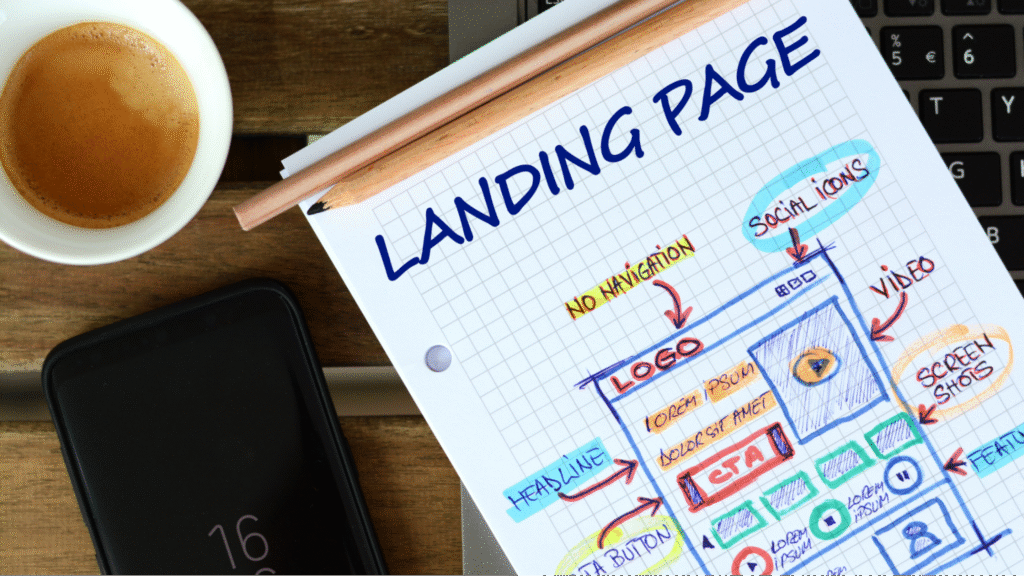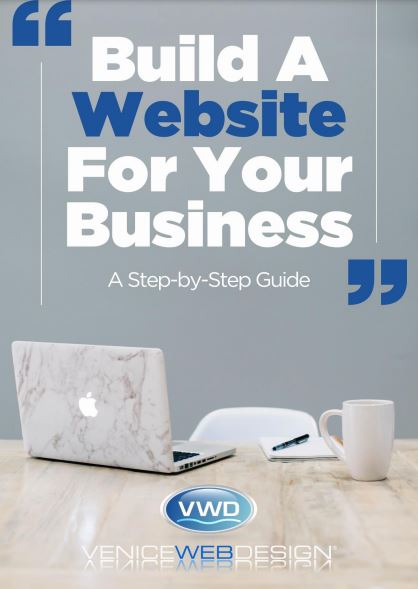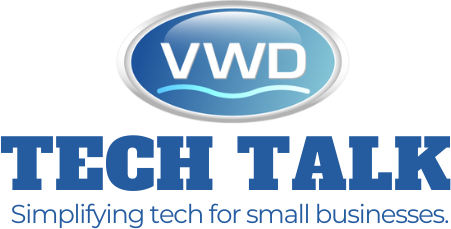A landing page is a single web page designed with one goal in mind: turning visitors into leads or customers. Unlike your website’s homepage, it is designed to keep users from being distracted and encourage them to take the desired action.
Start with a headline that communicates your value proposition and entices visitors to learn more. Then, tell a story that resonates with them on an emotional level. Read about some steps that can help you understand this in detail.
Step 1: Define Your Goal
A landing page is a web page with a clear call to action that successfully guides visitors toward a conversion goal, like signing up for your newsletter or making a purchase.
Landing pages should have one conversion goal per page, with a single CTA dominating the visual layout/structure through contrasting colors and generous white space to create an attractive, easy-to-navigate user experience.
Identify your conversion goal by doing research and determining the pain points of your target audience that you can address with your product.
Then, use a platform like Landingi to build and test a variety of landing page variants to find the one that best aligns with your business goals and produces impactful conversions.
Make your product landing pages stand out by using bold, benefit-driven headlines, high-quality visuals to showcase your product, and persuasive copy that answers your customer’s unspoken questions.
Add social proof and trust badges to reinforce credibility, place a strong CTA above the fold, and include a conversion-focused form to collect leads or sales.
Step 2: Know Your Audience
When building a landing page, knowing your audience is key. This includes understanding their demographics (such as age, location, and education level) and psychographics (their values and personality traits).
Your value proposition must also align with your visitors’ needs. It’s important to focus on benefits rather than features, and incorporate social proof to build trust.
For example, Basecamp’s landing page uses a video to show prospects how the product works. This helps them stand out from competitors by positioning themselves as a simpler, more intuitive alternative to the “overwhelming, inadequate, and bewildering” tools their competition offers.
It’s also important to consider your audience’s pain points. For instance, asking for too much information in a signup form can feel intrusive and turn off potential customers.
This is why it’s best to ask only for the bare minimum required for your business. A great way to do this is by using a field labeled as “optional” or “not applicable”. For example, asking for a visitor’s birthday isn’t necessary if you’re offering flexible hours and extra money.
Step 3: Write Magnetic Copy
The key to a high-converting landing page is clear, benefit-driven copy. This helps overcome objections like price or complexity and ensures that your copy matches what they expected based on the ad they clicked.
Use negative space to highlight the most important elements of your landing page. This makes it easier for visitors to focus on the call to action and minimizes distraction.
A sticky CTA (that follows the user as they scroll) can also outperform a static one and encourages them to convert no matter where they are on your page.
This landing page captures email addresses in exchange for a free resource, such as templates, eBooks, or access to a webinar. It’s clear and persuasive, offering value upfront and creating FOMO to drive conversions.
It’s also backed up with social proof through testimonials and customer reviews to build trust. This is a great strategy for building trust for any product, especially high-ticket items like mattresses.
Step 4: Design for Conversion
Every element on your landing page should serve a purpose, from the headline to the CTA. Minimize distractions by removing extraneous text, visuals, and links that steer visitors away from their conversion path.
Showcase social proof like client logos, reviews, or testimonials to boost credibility and drive trust. Statistical data, such as the total number of downloads or users, is another great way to build trust and showcase your product’s success.
Demonstrate the value of your offer on your landing page with compelling features and benefits that speak directly to your audience’s challenges and goals. For example, Curology uses before-and-after photos and dermatologist endorsements to demonstrate the effectiveness of their skincare solutions.
Make your CTAs impossible to ignore by using bold, eye-catching colors and contrasting them against the rest of your landing page design. Don’t be afraid to experiment with color, layout, and other page elements to find the winning combination that best aligns with your audience and goals.
Step 5: Build Trust
As you may have guessed by now, a high-converting landing page requires much more than just a captivating design.
It also demands a thorough understanding of your audience’s needs and wants. It must meet them where they are—on their phones, in their inboxes, and on social media—and speak to their emotions with relevant and persuasive copy.
Landing pages that focus on benefits and employ social proof are particularly effective at motivating potential customers to convert.
For example, this law school coaching landing page from Maria Wendt uses a bold headline to address the pain point of prospective students, followed by social proof (money magazine badge and customer reviews) and a call to action that removes one barrier to conversion by promising, “Checking your rate doesn’t impact your credit score.”
Implementing the principles of a high-converting landing page will not only improve your website’s user experience but also help you grow revenue with less ad spend.
If you’re ready to master the art of landing page optimization, enroll in CXL’s Ultimate Guide to Landing Page Success, complete with proven strategies and real examples.
Step 6: Optimize & Test
A high-converting landing page is one that successfully drives visitors toward a single conversion goal—whether that’s making a purchase, signing up for a newsletter, or downloading an ebook.
It features a clear value proposition, compelling messaging, and trust-building elements. It also minimizes distractions and is optimized for mobile devices and speed.
Start by defining your primary conversion metric, such as increasing add-to-cart clicks or email signups. Then, ensure that every element supports this goal.
A/B test small changes (headline tweaks, CTA button colors) to find the best options for your audience. Avoid testing multiple elements at once, as this can muddy results.
Leverage user-generated content, like testimonials and before-and-after photos. Personalize the experience for users with dynamic content, such as product recommendations or quizzes. And optimize for mobile with responsive design and touch-friendly navigation.
Conclusion
Venice Web Design is the leading company in creating and developing high-converting landing pages that drive results.
With a dedicated team of experts, we focus on crafting visually stunning and user-friendly designs that captivate visitors. Our innovative approach combines strategic elements, compelling copy, and effective call-to-action techniques, ensuring your business stands out and achieves its conversion goals. Trust Venice Web Design to elevate your online presence.


